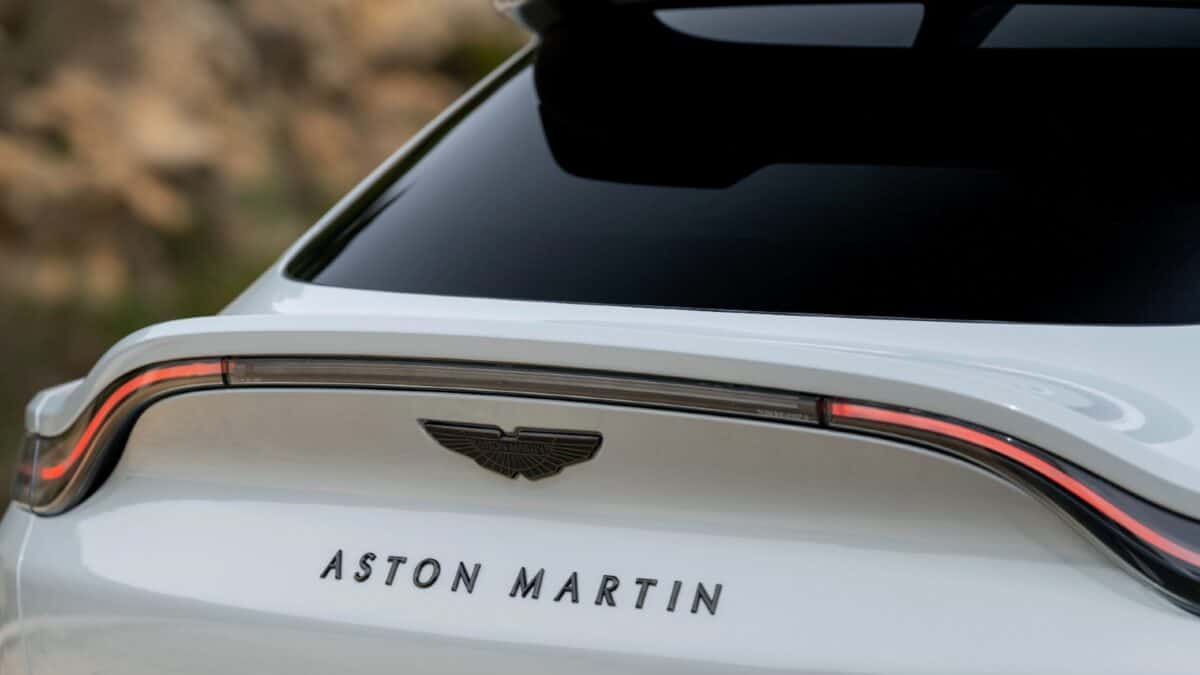Call me old-fashioned but I’d expect any member of the FTSE 250 to be profitable.
However, since Aston Martin Lagonda (LSE:AML) made its stock market debut in October 2018, the company’s managed to rack up post-tax losses of £1.473bn. That’s a loss of £51,700 for every vehicle sold.
| Financial year | Revenue (£m) | Post-tax loss (£m) | Cars produced |
|---|---|---|---|
| 2019 | 981 | 118 | 5,862 |
| 2020 | 612 | 411 | 3,394 |
| 2021 | 1,095 | 189 | 6,178 |
| 2022 | 1,382 | 528 | 6,412 |
| 2023 | 1,633 | 227 | 6,620 |
The British icon’s share price tanked 26% on 30 September after it said it was going to deliver 1,000 fewer cars than previously expected. The directors blamed this “strategic realignment of 2024 wholesale volumes” on a slowdown in demand in China and supply chain issues.
For the year ending 31 December 2024 (FY24), free cash flow is expected to remain negative. And earnings are forecast to be lower than in FY23.
The company’s now worth £1.32bn, approximately 69% less than at IPO.
A long but troubled history
Some companies make losses because they’re in a start-up phase hoping, for example, to find precious metals deep underground or develop a new wonder drug that will transform people’s lives. Unfortunately, Aston Martin cannot use this excuse for its poor financial performance — the luxury car maker’s been in business since 1913.
But during this time, it’s survived seven bankruptcies. Many management teams have struggled to make the company consistently profitable. I’m not sure why people thought its fortunes would change by listing on the stock market.
And I suspect things are going to get more difficult over the coming years.
The days of the thirsty petrol-guzzling V12 engine are long gone, and so it has to manage the transition to producing electric vehicles. The company’s first pure EV is not expected until 2026.
However, despite its disappointing financial performance, it continues to spend heavily on its Formula 1 team. The directors view this expenditure as an important part of its marketing strategy but in the Constructors’ Championship it trails others using engines produced by McLaren, Honda, Ferrari and Mercedes-Benz.
This makes me wonder whether Aston Martin’s involvement in the sport is doing more harm than good.
Reasons to be optimistic
But there are some positives.
The marque continues to produce some beautiful cars that attract a loyal following. It’s won numerous ‘cool brand’ awards as well as trophies for its engineering excellence.
And it sold more cars in FY23 than ever before. Its average selling price was also the highest on record. If the Chinese economy recovers as expected then its anticipated poor result in FY24 might be something of a blip.
Indeed, the company’s sticking with its medium term target (2027-2028) of achieving revenue of £2.5bn and adjusted EBITDA (earnings before interest, tax, depreciation and amortisation) of £800m+ (FY23: £306m).
My verdict
However, losses have to be funded. And as of 30 June 2024, the company already had debt (excluding leases) of £1.23bn on its balance sheet. Therefore, I suspect shareholders will soon be asked for more money.
I also remain to be convinced that it’ll be able to successfully incorporate all-electric powertrains into its vehicle range.
For these reasons, I don’t want to invest in the company.








